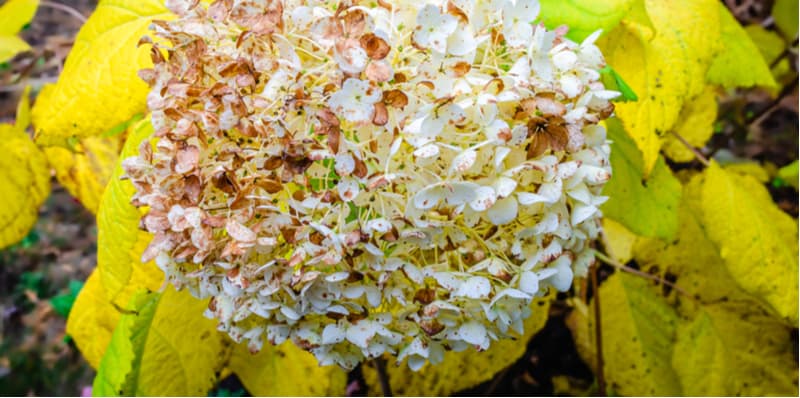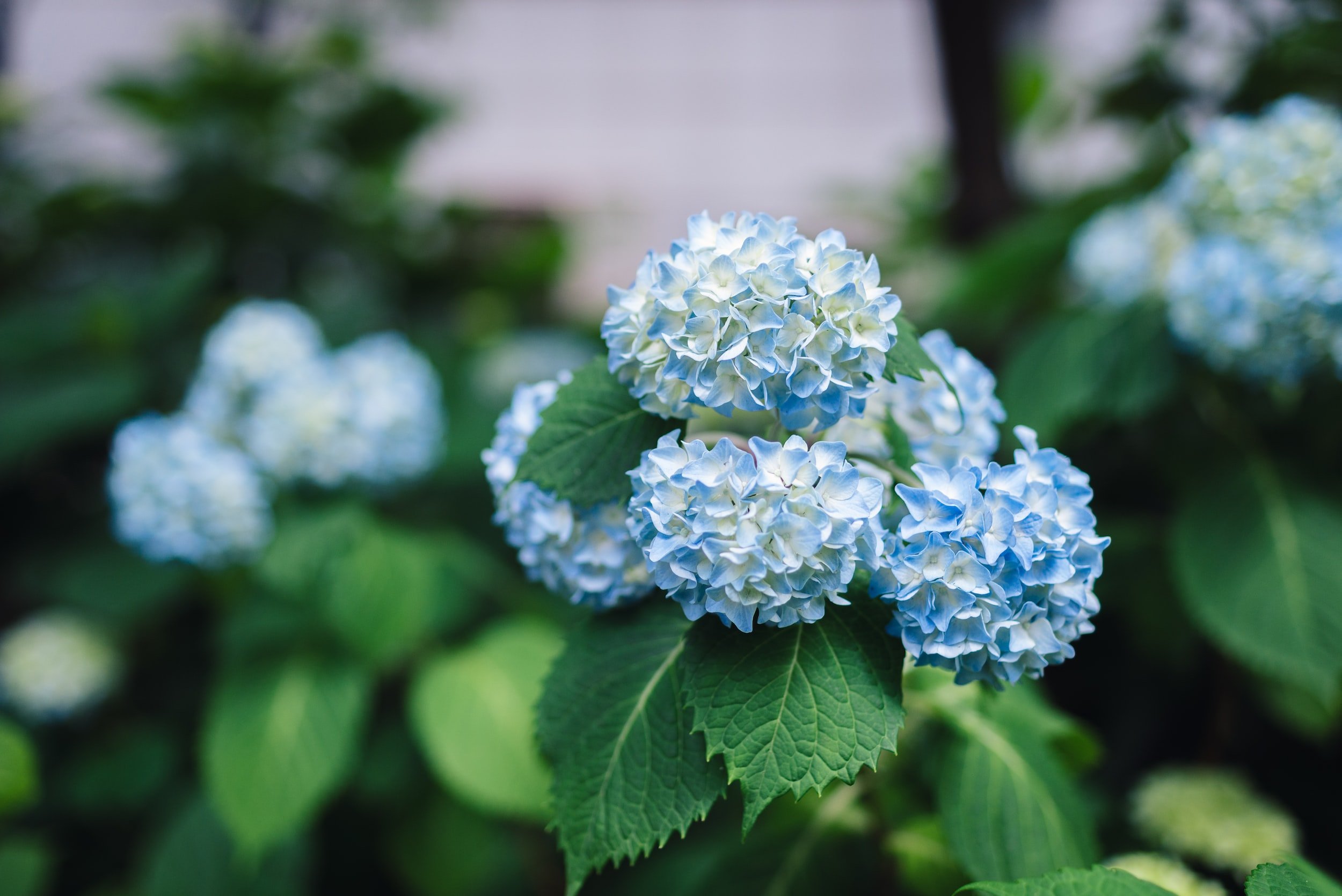Some Known Incorrect Statements About Hydrangea Leaves Turning Yellow
Table of ContentsThe Hydrangea Leaves Turning Yellow PDFsThe Definitive Guide to Hydrangea Leaves Turning YellowThe Best Guide To Hydrangea Leaves Turning YellowHydrangea Leaves Turning Yellow Can Be Fun For AnyoneThe Only Guide for Hydrangea Leaves Turning Yellow
Large leaves frequently look saggy throughout the mid-day warmth. When they fall short to perk up in the night or still look shrivelled in the early morning, your plant could be overwatered.Get rid of the plant from the soil and prune out any type of roots that aren't white and swollen (plump). Do not attempt to deal with the problem by watering exceedingly.
Photosynthesis, as all of us recognize, is vital for plant survival, so chlorosis requirements to be treated promptly. While chlorosis can be triggered by various other nutrient shortages, it is most generally an iron deficiency. In the following area you will discover how to recognise whether your plant has an iron deficiency or another thing.
Initially appears on the older fallen leaves, but the leaf blood vessels continue to be green. A magnesium shortage shows up first on old leaves and should not be puzzled with an iron shortage [Picture: izzzy71/ Shutterstock. com] While there is typically enough iron in all-natural dirt, hydrangeas frequently struggle to soak up enough of it.
The Best Strategy To Use For Hydrangea Leaves Turning Yellow
The very best way to avoid iron deficiency-chlorosis in hydrangeas is to grow them in suitable ericaceous or acidic dirt. When planting in a bed, mix in some peat or reduced-peat ericaceous garden compost and inspect the p, H worth yearly. This is necessary due to the fact that the compost blend around the plants will influence the p, H value of the soil over time and the p, H worth may rise once again.
It is only used on an industrial scale, where a long term iron deficiency would certainly suggest considerable return losses. The unique fertilizers for this are typically expensive and need to be used in very precise dosages to stay clear of damages to the fallen leaves. Foliar fertilisation is just efficient for a short duration and needs to be used frequently or supplemented by normal iron fertilisation.
September is the ideal time of year to do something concerning those hydrangeas. Their fallen leaves are turning yellow, the blossoms have actually faded, and their gangly appearance is making you crazy.
Currently to deal with the staying bush, not a rather view as winter season methods. Mophead, Lacecap and Oakleaf hydrangeas bloom on old timber. What that suggests is they will certainly grow following year on timber that was created this year. Do not trim Mophead, Lacecaps and Oakleaf hydrangeas to the ground, as you will certainly remove the stems that are all set to grow next spring.
The Basic Principles Of Hydrangea Leaves Turning Yellow
That way you won't be removing way too many of next year's flower buds. Prune out as much dead timber as you can find. You can cut nonessential to the ground. If the shrub is obtaining bigger than you like, you can get a 3rd of the real-time wood while you're in there.
We're ideal in the center of our late-blooming hydrangea period here, so I thought I 'd share a suggestion for this specific sort of hydrangea that I located truly intriguing. A great deal of people have a comparable concern with their panicle hydrangeas where they start to see the fallen leaves transforming yellow and handing over at various parts of the season and it can be pretty dramatic and quite worrying because it can happen truly swiftly on a bush that seems like it's or else really healthy and balanced.

Where we reside in zone 6, they're rather very easy to have success with and they're really preferred in our area, which is excellent because that implies Visit Website that there are hydrangeas almost anywhere currently of year. When you see your hydrangea leaves starting to transform yellow, you might believe that your plant is dying or being mistreated in some means, yet as a matter of fact, the opposite is true.
Hydrangea Leaves Turning Yellow - An Overview
If you actually intend to take full advantage of blooms, a (the middle number) will truly aid enhance the number and dimension of your blooms. You should see the number of newly-yellowed leaves reduce pretty rapidly as quickly as you give your hydrangea the food it requires. Hydrangea Leaves Turning Yellow. The excellent information is that if you do absolutely nothing, the plant will certainly still be fine, it will just have a couple of much less fallen leaves
Courtenay is the author of guide The Check Out Your URL Cleaning Ninja and has been included in countless publications including Nation Sampler Farmhouse Style, Better Residences and Gardens, Parents Publication, Real Simple, and Our Houses.
Waterlogged dirt robs the origins of oxygen, causing root rot and yellow fallen leaves. On the various other hand, underwatering or dehydration causes the plant to shrivel and its vegetation to yellow. Keeping a consistent watering routine and making sure correct water drainage with drainage holes or layers can assist avoid these issues.
Consistently check the soil level of acidity, and adjust as required to keep the optimal p, H degree for hydrangeas. With correct treatment and maintenance, hydrangeas can thrive and preserve their brilliant, vivid leaves. Hydrangea leaves turning yellow is a typical concern that can be connected to various elements. One of the main factors is improper watering, as hydrangeas need consistently moist dirt to prosper.
The Best Strategy To Use For Hydrangea Leaves Turning Yellow
